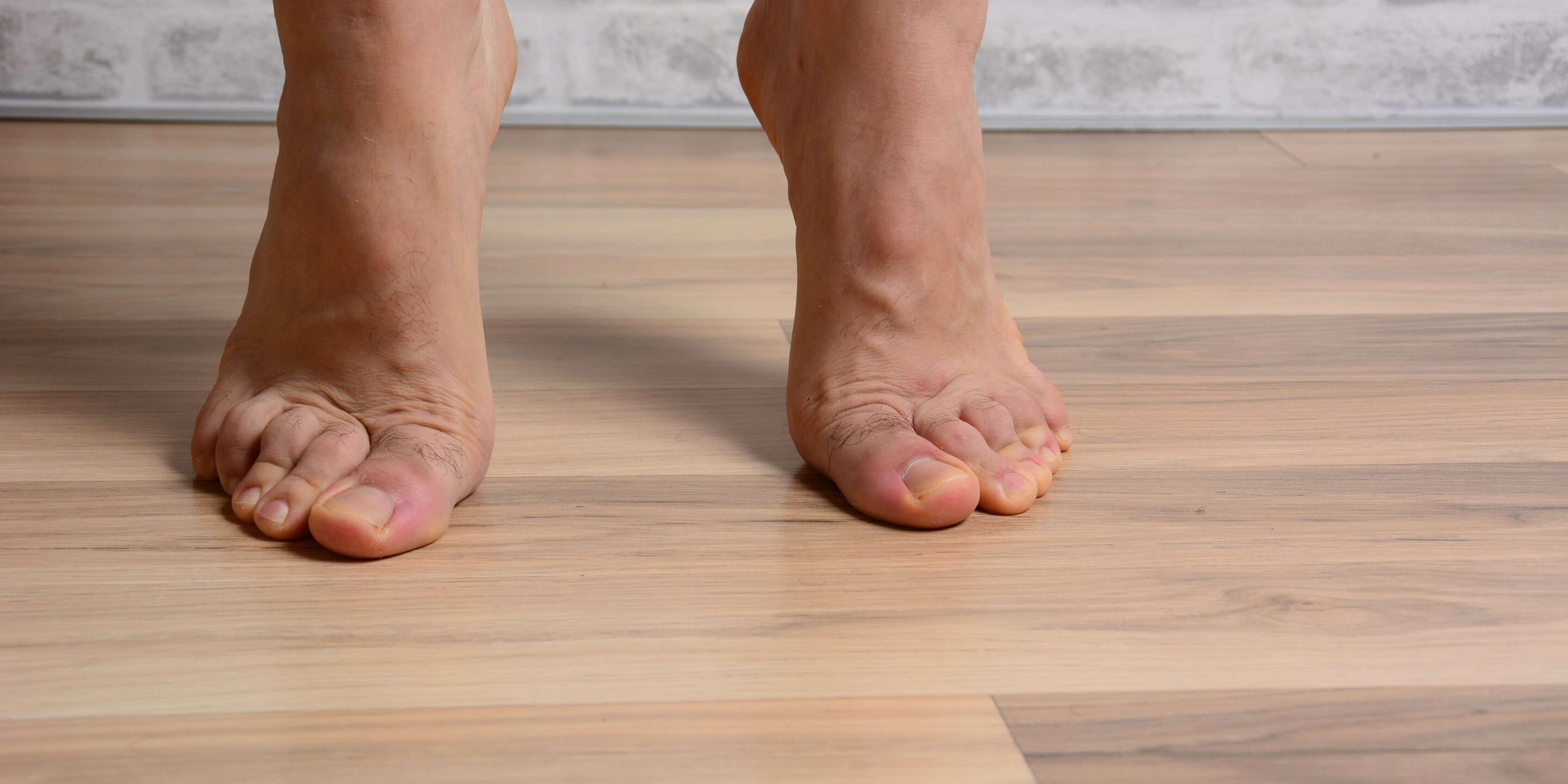A Guide to Ingrown Toenails
In the grand tapestry of foot health, few maladies weave a more disruptive pattern than ingrown toenails. Affecting individuals across diverse walks of life, these seemingly trivial issues can, however, burgeon into significant sources of pain and discomfort.
This blog aims to unravel the intricacies of ingrown toenails, providing an in-depth exploration of their origins, a keen understanding of symptoms, an extensive survey of diverse treatment options (ranging from non-surgical interventions to complex surgical procedures), insights into recovery times post-surgery, an assessment of the risk of infections, and a trove of practical tips on preventive care.
What Are Ingrown Toenails?
To comprehend the nuances of ingrown toenails, one must first grasp the mechanics at play. This condition unfolds when the edge of a toenail decides to embark on an unconventional journey, choosing to infiltrate the surrounding skin rather than graciously growing over it.
Despite its modest appearance, this deviation can set off a cascade of inflammation, pain, and, in the most severe cases, infection. While the big toe is the primary victim, ingrown toenails display an equal-opportunity nature, targeting any toenail with an impartial fervor. Swift intervention is the key to subduing this pesky adversary effectively.
Symptoms of Ingrown Toenails
Much like any worthy adversary, ingrown toenails leave behind a trail of unmistakable symptoms. Early identification is essential for prompt intervention. Watch out for the telltale signs – pain, redness, swelling, and a warmth that extends beyond the normal confines around the affected toenail. In more advanced scenarios, an ingrown toenail may morph into a breeding ground for infection, marked by pus drainage and the emergence of an unwelcome odor.
Non-Surgical Treatment Options
- Soaking Your Feet: Soaking your feet for 15-20 minutes, multiple times a day serves not only as a balm for pain but also as a softening agent for the skin. Elevate this experience by adding a tablespoon of Epsom salt to the water.
- Placing a Piece of Cotton Underneath the Nail: Carefully lift the edge of the nail and place a small piece of cotton underneath. This simple yet effective technique promotes proper growth, staving off further irritation.
- Placing a Brace on the Nail: Introduce a touch of sophistication with specialized ingrown toenail braces. These marvels of engineering champion the cause of correct nail growth, relieving the surrounding skin of undue pressure and fostering a harmonious coexistence.
Surgical Treatment Options
- Nail Avulsion: For the persistent and the heavily afflicted, nail avulsion emerges as a beacon of hope. This procedure involves the partial or complete removal of the beleaguered toenail, offering a definitive solution.
- Wedge Excision: A nuanced removal of a small, wedge-shaped portion of the toenail characterizes this surgical intervention. Its mission is clear – thwarting further ingrowth and restoring a semblance of equilibrium.
- Nail Bed Ablation: When the situation demands a more drastic measure, nail bed ablation steps onto the stage. This intricate procedure involves the removal of a portion of the nail bed, ensuring that ingrowth is thwarted at its very source.
Recovery Time for Ingrown Toenail Surgery
Post-surgery recovery times, much like the spectrum of procedures, meander through a landscape spanning a few days to a couple of weeks. The secret to a seamless recovery lies in the meticulous adherence to post-operative care instructions, allowing the healing process to unfold at its own pace.
Can an Ingrown Toenail Become Infected?
The journey of an ingrown toenail, when left to its own devices, can metamorphose into a breeding ground for infections. Signs of infection may include heightened pain, increased swelling, and the ominous presence of pus. Timely intervention becomes imperative if these signs rear their unwelcome heads.
How to Get Rid of Ingrown Toenail Infections
Navigating the treacherous waters of an infected ingrown toenail requires finesse. Antibiotics, warm water soaks, and meticulous wound care often form the trifecta of treatment. Embarking on a solo mission to banish the infection is ill-advised, as professional care ensures a swifter recovery.
How to Avoid Ingrown Toenails and Infections
Trim Toenails Properly
Embrace the precision of a seasoned artisan. Cut toenails straight across, steering clear of rounded edges. Maintaining a moderate length can be the linchpin in preventing ingrown toenails.
Choose Proper Footwear
Afford your toes with the luxury of breathing space. Select shoes that provide ample room, steering clear of the constricting embrace of tight or narrow footwear.
Practice Good Foot Hygiene
A clean foot is a happy foot. Keep your feet dry and pristine, routinely inspecting toenails for any signs of impending trouble.
When to Schedule an Appointment with Us
If you suspect an infection or see early signs of an ingrown toenail, don’t hesitate to schedule an appointment with our knowledgeable podiatrists. Early intervention is the golden ticket, preventing complications and paving the way for a smoother recovery.
Ingrown toenails, though they may seem like fleeting annoyances, have the potential to wield considerable power over one’s daily life. This blog serves as your beacon in the face of this adversary, equipping you with knowledge on symptoms, treatment options, and prevention strategies.
Should you find yourself ensnared in the web of ingrown toenails, consider this your roadmap to a pain-free existence. Seeking guidance from our seasoned team ensures that you receive the appropriate treatment, facilitating a swift return to the dance of life, unencumbered by the discomfort of ingrown toenails.


